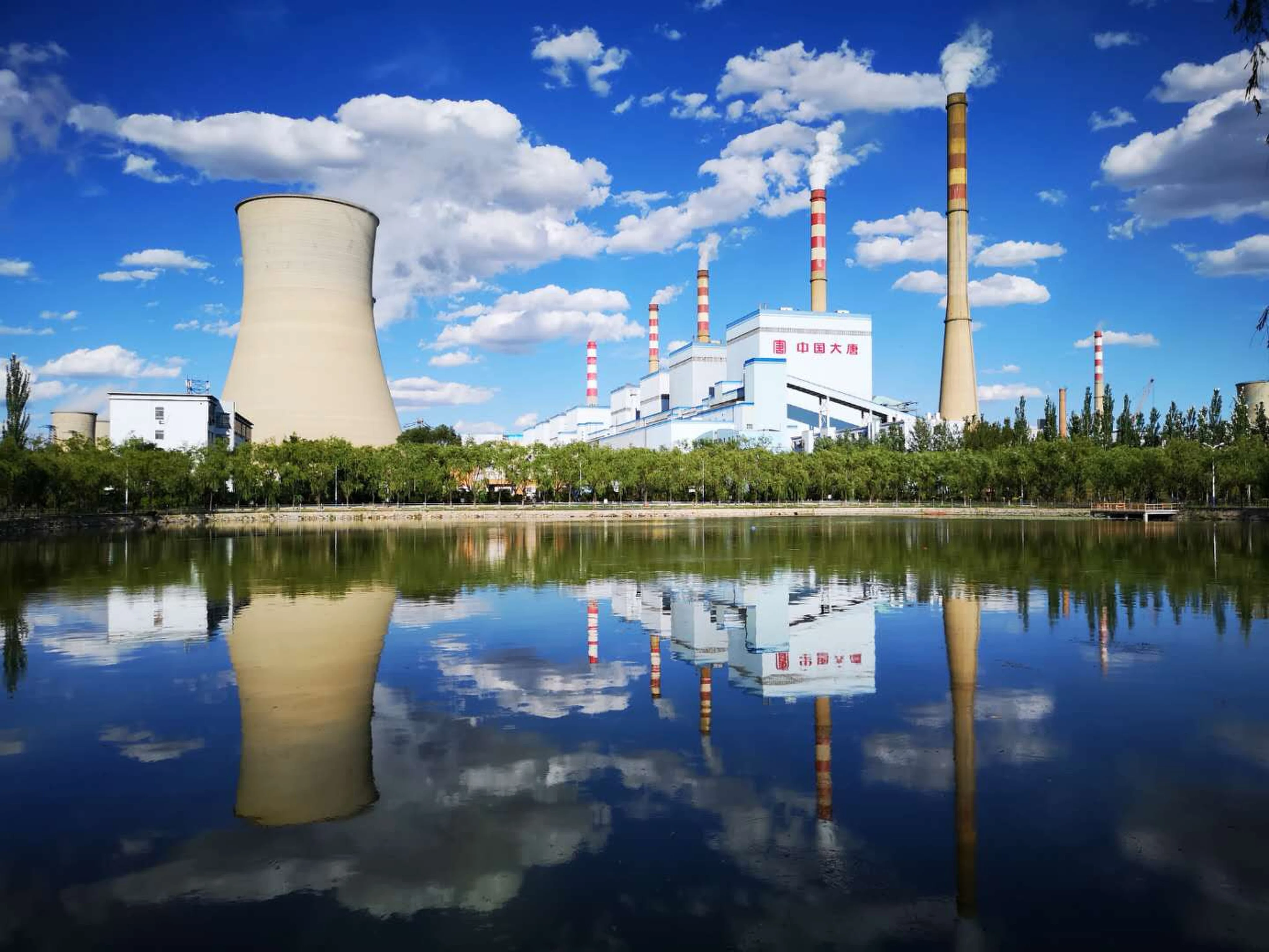By Victoria Bela
In the first high-precision satellite mapping of carbon dioxide emissions from large international coal power plants, Chinese scientists have found that existing databases are underestimating discharges from facilities across the globe.
They include China’s Tuoketuo – the largest coal-fired power station in the world – and Alabama’s James H. Miller Jnr facility, the most polluting plant in the United States, according to a paper published on June 9 by the peer-reviewed Journal of Cleaner Production.
The optimised model for observing emissions through satellite data could offer a standardised way to monitor carbon emissions from power plants, which is currently lacking in global carbon accounting, the paper said.
The team, from the Chinese Academy of Sciences’ Aerospace Information Research Institute, said the study results indicated “significant potential” for the use of satellite remote sensing technology in estimating carbon dioxide emissions.
“This framework provides a high-precision methodology for global carbon inventory, enabling retrospective analysis of historical data to detect anomalous emission events,” the researchers said.
According to the paper, the satellite-based method could also have a role to play in the monitoring of emissions from other sources, such as oil and gas fields or steel plants.
The ability to accurately estimate emissions is vital for setting carbon reduction measures and policies, as well as in carbon trading, but traditional methods have relied on the data reported by power plants.
This information could be influenced by a range of factors, such as operational conditions, combustion efficiency, and what type of coal was being used, as some varieties produce more emissions, the team said.
Coal-fired power plants are among the largest producers of carbon dioxide – accounting for 30 to 40 per cent of global emissions – but quantifying them accurately has been limited by outdated inventories and a lack of standardised monitoring methods.
Corresponding author Shi Yusheng, a researcher at the CAS institute, said emissions were underestimated because “input parameters are not uniform around the world and there is no uniform statistical standard”.
Satellite monitoring is a globally recognised tool for estimating carbon emissions, because of its more objective results, Shi told the South China Morning Post.
While previous studies have achieved satellite-based carbon emission quantification, they had limited precision because the technology still has issues – like background interference – that can lead to accounting errors, according to the research team.
The researchers said they were able to improve the accuracy of their study with the help of a model optimisation algorithm that could deal with the issues of background determination, wind direction and inaccurate carbon plume modelling.
The study was based on satellite data from the Orbiting Carbon Observatory-3 (OCO-3) on board the International Space Station, an instrument that measures carbon dioxide in the Earth’s atmosphere and can detect plumes from individual power plants.
The researchers used OCO-3 data from January 2021 to November 2023 alongside their improved Gaussian plume model – a widely used method of estimating the concentration of pollutants in the air – to examine the carbon emissions of 14 large coal-fired power plants – in China, the US, South Africa, Indonesia, and Poland.
“The selected power plants cover regions such as Asia, Europe, North America, and Africa to ensure the global applicability of the research results,” the team said.
According to the paper, the results were verified with existing emission inventories, which showed there was a high level of consistency. However, underestimation was observed in some data sets due to inconsistent emission factors and outdated data.
For example, the researchers found the installed capacity of the Tuoketuo power station listed as 5,400 megawatts in the Carbon Monitoring for Action (Carma) database developed by the Global Development Centre.
While this was accurate in 2012 when the database was last updated, the power plant – in China’s Inner Mongolia autonomous region – has since expanded its capacity by 1,320MW, the scientists noted.
This discrepancy meant that Carma’s estimate for the Tuoketuo plant’s emissions reached only 58.34 per cent of the estimate produced in the team’s study, using the high-precision satellite mapping data.
While the study indicated a “global relevance” for the team’s method, the findings showed that there were still limits – such as a limitation in the OCO-3 satellite’s coverage of high-latitude power plants in countries like Russia and Canada.
According to Shi, satellite coverage in high-latitude regions had been difficult because of poor data quality and large deviation errors, though improvements in satellite technology have improved observations in these areas.
“Future satellites will definitely adapt to power plants in high-latitude areas such as Russia and Canada,” Shi said.
Despite the current limitations, the researchers said that their results showed that satellite-based methods have “significant potential” for the estimation of carbon emissions.
“This finding provides a universal framework for high-precision remote sensing inversion of carbon emissions, revealing the applicability of the improved model under different geographical environments and climatic conditions,” they said.
Passionate about science? Dive deeper with the Dark Matters newsletter, a weekly in-depth analysis on China’s rise in science, technology and military that goes under the surface. Sign up for free now.
